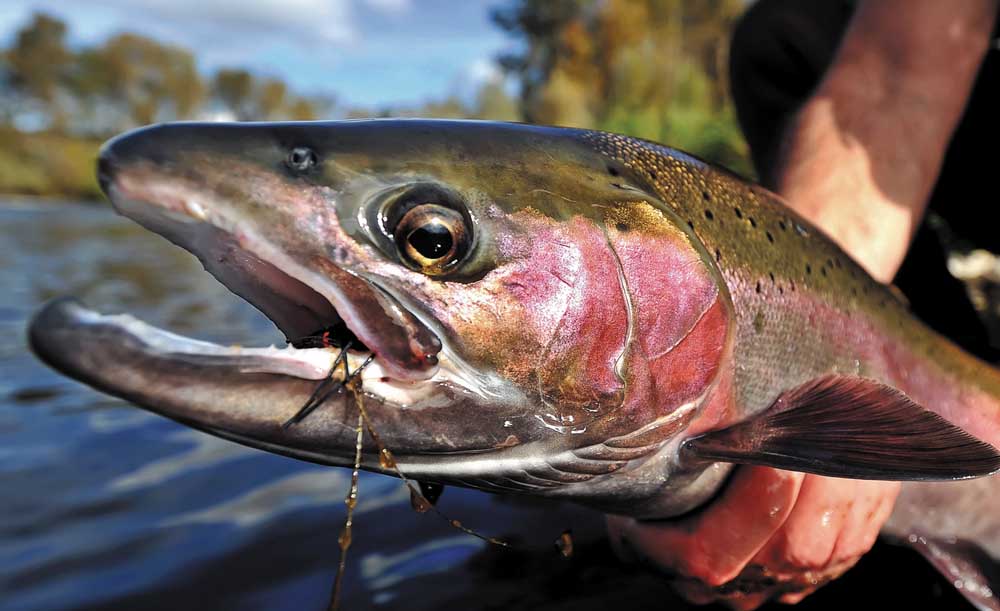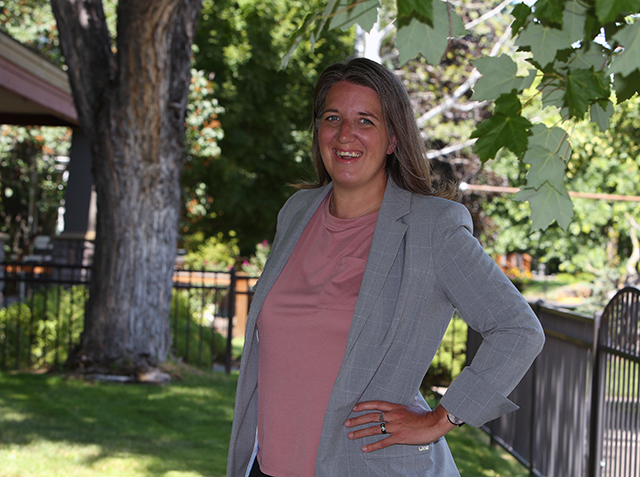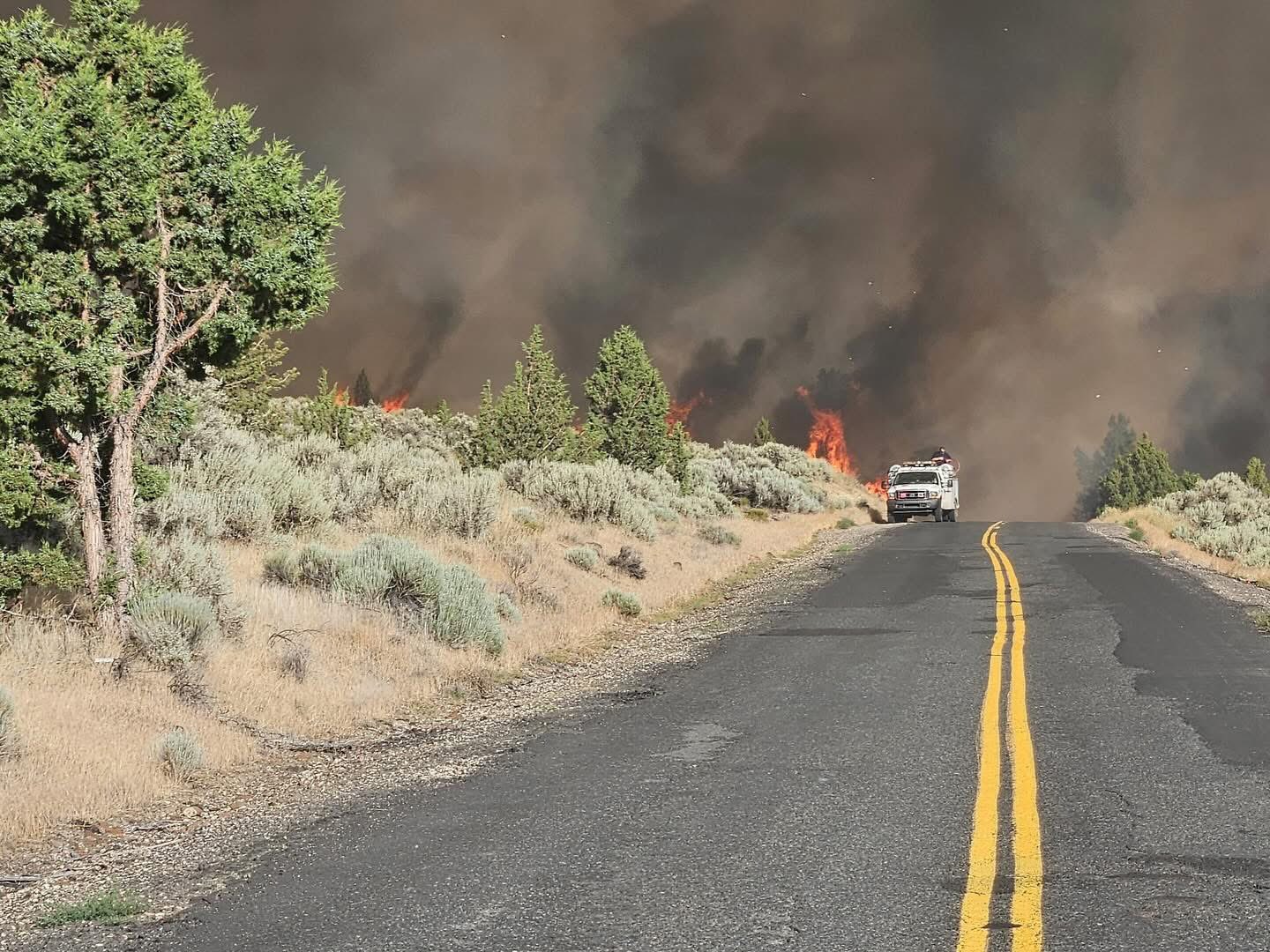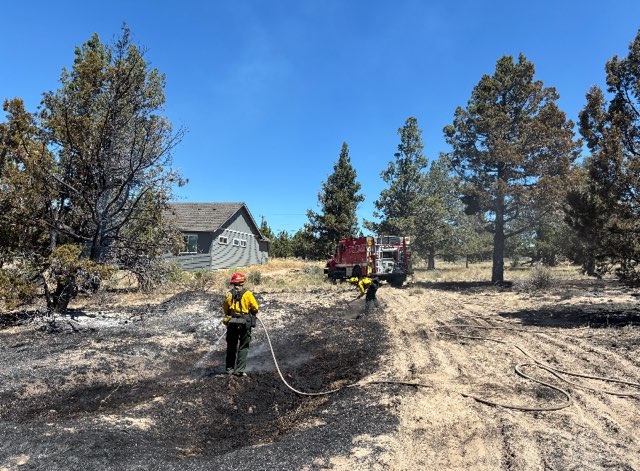Deschutes River steelhead fish run highest in decades
Published 2:00 pm Thursday, November 7, 2024

- A steelhead caught in the Rogue River near Central Point.
The current run of steelhead trout in the Deschutes River has seen a record number of the fish pass through the Pelton Round Butte dam complex, a sign that years of environmental rehabilitation work in the Deschutes River is finally paying off.
The 2024 return of adult steelhead to the Pelton Round Butte project in Jefferson County is the largest since the 1960s, with months still to go in the run. More than 250 returning steelhead have passed the dam complex, dam managers report.
Trending
The steelhead runs begin in July or August and continue until the following March.
The dam is jointly owned and operated by Portland General Electric and the Confederated Tribes of Warm Springs. While the dam produces energy for tens of thousands of homes, it also blocks fish from traveling up and down the river. The joint owners have systems in place to move fish traveling in either direction.
The previous record high occurred a year ago when biologists recorded 132 steelhead returned to the dam complex.
The complex of dams was put in place in the 1950s, blocking fish passage to the middle and upper Deschutes, along with the Metolius and Crooked rivers, which now end at Lake Billy Chinook.
Reports of increasing numbers of steelhead reaching the Pelton Round Butte dam complex fall in line with recent data from the Oregon Department of Fish and Wildlife, which reported in August that 21,000 unmarked summer steelhead had passed through Bonneville Dam on the Columbia River. The agency said it was the highest run of summer steelhead in nearly 10 years.
Deschutes Basin origins
Trending
All 250 of the returning steelhead originated in the Upper Deschutes Basin before traveling to Lake Billy Chinook on their way to the ocean. Once they reached the reservoir, the juvenile fish were collected at the so-called Selective Water Withdrawal facility and released downstream of the Pelton Round Butte project’s lower-most dam.
Steelhead typically spend two years in the ocean before traveling back up the Columbia and Deschutes rivers, where they were collected as adults at the Pelton Dam and released into Lake Billy Chinook. From the lake, they travel upstream to their spawning habitat.
Fish that live most of their adult lives in salt water and migrate to freshwater to breed are called anadromous fish. These fish undergo physiological changes that allow them to survive as they move from fresh to salt water.
Northwest salmon, steelhead and certain bull trout are among those anadromous fish that inhabit Oregon waters.
Austin Smith Jr., natural resources manager for the Confederated Tribes of Warm Springs, said project managers are determined to restore the Deschutes fishery to healthy levels.
“The progress we are making through our fish reintroduction program is a start,” said Smith. “It gives us hope that we can once again have enough fish for the first people of this land to sustain themselves.”
The utility and the tribes say multiple factors are behind the increasing fish returns, including beneficial ocean conditions and improvements to fish management practices.
‘Exciting’ numbers
Biologists use radio tracking technology to monitor adult steelhead released into Lake Billy Chinook to learn where they go as they travel upstream.
Terry Shrader, Pelton Round Butte mitigation coordinator at the Oregon Department of Fish and Wildlife, said the improved return numbers reflect new strategies used by fish biologists at the complex.
Changes include improvements to the way fish biologists acclimate young fish in-stream prior to release to adjust to water conditions and imprint on the river’s unique scent, which aids adult fish in navigating back to the same waterway to spawn.
Another improvement at the dam complex is the installation of a stress relief pond to allow fish more time to recover after handling. Fish are also now released at night when predators are less active.
“It’s pretty darn exciting,” said Shrader. “We know from past efforts that fish raised in the wild do so much better than hatchery fish. With the number we are getting back this year the chances of getting natural production really increases.”
More Information
Returning steelhead adults to Pelton Round Butte complex
2019-20: 67
2020-21: 54
2021-22: 35
2022-23: 130
2023-24: 132
2024-25: 250 (season not yet complete)








